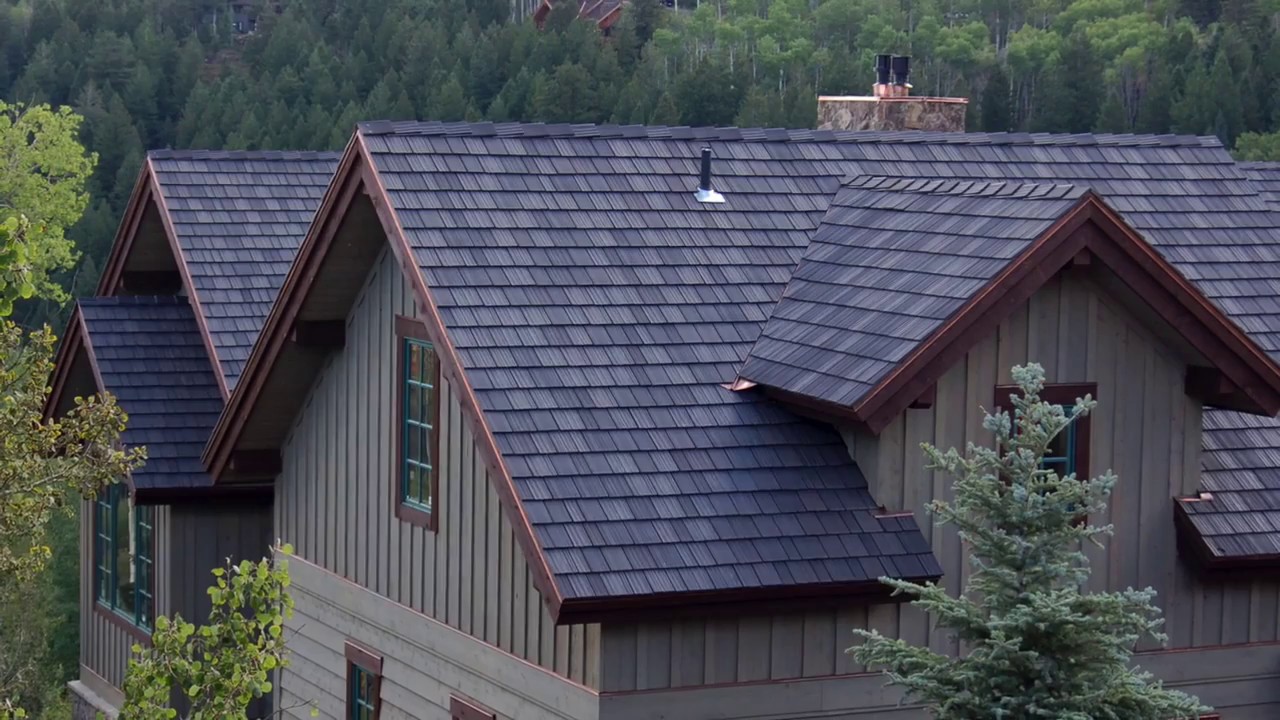

Articles
How Long Does A Composite Roof Last
Modified: January 8, 2024
Discover how long a composite roof can last and get helpful tips and articles on maximizing its lifespan. From maintenance to durability, we've got you covered.
(Many of the links in this article redirect to a specific reviewed product. Your purchase of these products through affiliate links helps to generate commission for Storables.com, at no extra cost. Learn more)
Introduction
A roof is one of the most essential components of any building, providing protection and shelter from the elements. When it comes to selecting a roofing material, homeowners and property owners often seek durability, longevity, and low maintenance. Composite roofing, also known as synthetic roofing, has gained popularity in recent years due to its exceptional durability and aesthetic appeal. But how long does a composite roof actually last? In this article, we will explore the factors that affect the lifespan of a composite roof, the common types of composite roofing materials, tips on maintaining and extending its lifespan, and signs that indicate it may be time for a replacement.
Key Takeaways:
- Composite roofs, such as asphalt shingles and synthetic clay tiles, can last 20-50 years with proper maintenance and installation, offering durability and aesthetic appeal for homeowners and property owners.
- Regular inspections, clearing debris, addressing leaks promptly, and recognizing signs of wear are essential for extending the lifespan of composite roofs, ensuring long-term protection and performance.
Read more: How Long Does Composite Decking Last
Factors Affecting the Lifespan of Composite Roof
The lifespan of a composite roof depends on several key factors. Understanding these factors is crucial in determining the longevity of your roof and making informed decisions regarding maintenance and replacements.
1. Quality of Materials: The quality of the composite roofing materials used plays a significant role in determining its lifespan. Opting for high-quality materials that are resistant to UV rays, moisture, and other environmental factors can dramatically increase the lifespan of your roof.
2. Installation: Proper installation is vital for maximizing the lifespan of a composite roof. It is essential to hire experienced professionals who understand the unique requirements of composite roofing and follow recommended installation practices to ensure a secure and durable roof.
3. Climate and Weather Conditions: The climate and weather conditions in your area can greatly impact the lifespan of a composite roof. Extreme temperatures, heavy rainfall, snow, and high winds can accelerate wear and tear on the roofing material. If you live in an area with harsh weather conditions, you may need to take additional measures to protect and maintain your roof.
4. Maintenance: Regular maintenance is essential for preserving the lifespan of a composite roof. This includes removing debris, cleaning gutters, inspecting for damage or leaks, and addressing any issues promptly. Neglecting routine maintenance can lead to premature deterioration and shorten the lifespan of your roof.
5. Ventilation: Proper ventilation is crucial in preventing heat and moisture buildup in the attic, which can have a negative impact on the composite roof. Adequate ventilation helps regulate temperature and moisture levels, reducing the risk of damage and extending the lifespan of the roof.
These are just a few of the key factors that can influence the lifespan of a composite roof. By considering these factors and taking proactive measures, you can enhance the longevity of your roof and ensure its optimal performance for many years to come.
Common Types of Composite Roofing Materials
Composite roofing materials are designed to mimic the appearance of natural materials like slate, wood shakes, and clay tiles while offering greater durability and longevity. Here are some of the common types of composite roofing materials:
- Asphalt shingles: Asphalt shingles are the most popular choice for composite roofing. They are cost-effective, easy to install, and come in a variety of styles and colors. Asphalt shingles are made of a fiberglass mat coated with asphalt and ceramic granules for added durability and UV resistance. They typically have a lifespan of around 20 to 30 years.
- Composite slate: Composite slate roofing is made from a mixture of recycled materials such as rubber, plastic, and slate dust. It offers the aesthetic appeal of natural slate without the high cost and heavy weight. Composite slate roofs are lightweight, durable, and resistant to cracking and fading. They can last up to 50 years or more.
- Composite shake: Composite shake roofing replicates the look of natural wood shakes, but with better longevity and resistance to fire and insects. These roofing materials are typically made of a combination of plastic, rubber, and wood fibers. Composite shake roofs can last for 30 to 50 years.
- Synthetic clay tiles: Synthetic clay tiles are a lightweight alternative to traditional clay tiles, offering similar aesthetics and durability. They are typically made from a blend of polymers and recycled materials. Synthetic clay tiles can withstand harsh weather conditions and have a lifespan of around 50 years or more.
- Synthetic wood shakes: Synthetic wood shakes are designed to mimic the natural look of wood shakes while offering superior durability and resistance to fire and insects. These roofing materials are made from a combination of recycled plastics and rubber. Synthetic wood shakes can last for 30 to 50 years.
These are just a few examples of the common types of composite roofing materials available in the market. Each material has its own unique characteristics, lifespan, and price point. It’s important to consult with a roofing professional to determine the best composite roofing material for your specific needs and budget.
Average Lifespan of Composite Roofs
Composite roofs are known for their exceptional durability and longevity compared to traditional roofing materials. While the exact lifespan of a composite roof can vary depending on various factors, including the type of material and its quality, there are general estimates for their average lifespan.
For asphalt shingles, which are the most common type of composite roofing material, the average lifespan can range from 20 to 30 years. Higher-quality asphalt shingles may last longer, while lower-quality ones may have a shorter lifespan. Regular maintenance and proper installation can also contribute to extending the lifespan of asphalt shingle roofs.
Composite slate roofs, which are made from a mixture of recycled materials, can have an average lifespan of 50 years or more. These roofs are designed to replicate the appearance of natural slate, but with greater durability and resistance to cracking and fading. Composite slate roofs require less maintenance than traditional slate roofs and can provide several decades of reliable protection.
Composite shake roofs, which emulate the look of natural wood shakes, can last for 30 to 50 years. These roofing materials are designed to withstand fire, insects, and harsh weather conditions, while offering the beauty of wood shakes without the drawbacks of maintenance and limited lifespan associated with natural wood.
Synthetic clay tiles, lightweight alternatives to traditional clay tiles, can have a lifespan of around 50 years or more. These tiles are made from a blend of polymers and recycled materials, providing excellent resistance to weather elements and maintaining their vibrant appearance over decades.
Synthetic wood shakes, another popular option for composite roofing, can also offer a lifespan of 30 to 50 years. These roofing materials combine the natural look of wood shakes with the added advantages of fire resistance and minimal maintenance.
It’s important to note that these lifespan estimates are general guidelines, and the actual lifespan of a composite roof can be influenced by factors such as climate, installation quality, maintenance, and the specific brand and quality of materials used. Regular inspections, prompt maintenance, and addressing any issues promptly can help maximize the lifespan of a composite roof, ensuring years of reliable protection for your home or building.
A composite roof can last 20-50 years, depending on the quality of materials and installation. Regular maintenance and inspections can help extend its lifespan.
Maintaining and Extending the Lifespan of a Composite Roof
To ensure the longevity of your composite roof and maximize its lifespan, it is essential to implement regular maintenance practices and take proactive measures to address any issues that may arise. Here are some tips for maintaining and extending the lifespan of a composite roof:
- Inspect the roof regularly: Conduct routine inspections of your composite roof to identify any signs of damage, such as cracked or missing shingles, loose flashing, or sagging areas. It is recommended to inspect the roof at least twice a year, in the spring and fall, and after any severe weather events.
- Clear debris: Remove leaves, branches, and other debris that may accumulate on the roof. Accumulated debris can trap moisture and promote the growth of moss or algae, which can damage the roofing material over time.
- Clean gutters and downspouts: Regularly clean and unclog gutters and downspouts to ensure proper drainage of water. Clogged gutters can lead to water overflow, which can seep under the roof and cause damage.
- Address leaks promptly: If you notice any signs of leaks, such as water stains on the ceiling or walls, address them immediately. Ignoring leaks can lead to further damage to the roof and potential structural issues.
- Trim overhanging branches: Trim any tree branches that hang over the roof. Overhanging branches can scrape against the roof during strong winds and cause damage to the roofing material.
- Ensure proper ventilation: Adequate ventilation is important to prevent heat and moisture buildup in the attic. Proper airflow helps regulate temperature and moisture levels, reducing the risk of damage to the composite roof.
- Prevent ice dams: In colder climates, take precautions to prevent the formation of ice dams. Ice dams occur when snow melts and refreezes at the eaves of the roof, preventing proper drainage. This can lead to water seeping under the shingles and causing damage.
- Hire professionals for repairs: If you notice any significant damage or need repairs, it is recommended to hire experienced roofing professionals. They have the expertise and knowledge to handle repairs properly, ensuring the integrity of the composite roof.
- Regularly clean the roof: Depending on your location and environmental factors, consider scheduling professional roof cleaning to remove moss, algae, or other buildup. This helps maintain the appearance and performance of the composite roof.
By following these maintenance tips and promptly addressing any issues, you can extend the lifespan of your composite roof and ensure its optimal performance for many years to come.
Read more: How Long Does Roof Last
Signs of Wear and When to Replace a Composite Roof
While composite roofs are designed to be durable and long-lasting, they will eventually reach the end of their lifespan. It’s important to be aware of the signs of wear and damage that indicate the need for roof replacement. Here are some common signs that your composite roof may need to be replaced:
- Age: Consider the age of your composite roof. Most composite roofs have an average lifespan of 20 to 50 years, depending on the material and quality. If your roof is approaching or exceeding this range, it may be time to consider a replacement.
- Missing or damaged shingles: If you notice a significant number of missing, cracked, or damaged shingles on your roof, it could be a sign of underlying issues. Damaged shingles can expose the underlying layers, causing leaks and further damage to the roof.
- Sagging or dipping roof: A sagging or dipping roof is a clear indication of structural problems. It may be caused by structural damage, moisture buildup, or weakening of the supporting framework. If you notice any sagging or dipping in your roof, it is crucial to address it promptly.
- Water leaks: The presence of water leaks, either visible water stains on the ceiling or walls or signs of moisture in the attic, is a significant indicator that your roof needs attention. Water infiltration can cause further damage to the roof structure and compromise the integrity of your home.
- Moss or algae growth: Excessive moss or algae growth on your composite roof can indicate a moisture problem. These organisms can trap moisture, leading to rot and degradation of the roofing material. If left untreated, it can compromise the overall performance of the roof.
- Higher energy bills: If you notice a sudden increase in your energy bills, it could be a sign that your roof’s insulation is no longer effective. A deteriorating roof can lead to heat or cool air loss, forcing your HVAC system to work harder and consume more energy.
- Visible signs of wear: Inspect your roof for any visible signs of wear, such as cracks, blisters, curling edges, or granule loss on asphalt shingles. These signs indicate that the roofing materials have deteriorated and may no longer provide adequate protection against the elements.
- Persistent roof issues: If you find yourself frequently dealing with recurring roof problems, even after repairs, it may be a sign that your composite roof has reached the end of its lifespan. Continuing to address these issues may become costlier in the long run compared to investing in a roof replacement.
If you observe any of these signs or have concerns about the condition of your composite roof, it’s recommended to consult with a professional roofing contractor. They can assess the situation, provide expert advice, and determine if a roof replacement is necessary to ensure the safety, integrity, and performance of your home’s roofing system.
Conclusion
Composite roofs are a popular choice for homeowners and property owners due to their durability, longevity, and aesthetic appeal. Understanding the factors that affect the lifespan of a composite roof, such as the quality of materials, installation, climate, and maintenance, is crucial in maximizing its longevity.
Common types of composite roofing materials, including asphalt shingles, composite slate, composite shake, synthetic clay tiles, and synthetic wood shakes, offer a range of options to suit different preferences and budgets. Each material has its own average lifespan, ranging from 20 to 50 years or more.
Maintaining a composite roof involves regular inspections, clearing debris, cleaning gutters, addressing leaks promptly, ensuring proper ventilation, and taking precautions against ice dams and overhanging branches. These maintenance practices can help extend the lifespan and ensure the optimal performance of your composite roof.
Signs of wear, such as missing or damaged shingles, sagging or dipping roof, water leaks, moss or algae growth, higher energy bills, visible signs of wear, and persistent roof issues, indicate the need for a roof replacement. Recognizing these signs and taking prompt action can prevent further damage and protect your property.
In conclusion, composite roofs offer durability and longevity compared to traditional roofing materials. By understanding the factors influencing their lifespan, implementing proper maintenance practices, and recognizing signs of wear, you can ensure the overall performance and longevity of your composite roof, providing peace of mind and protecting your investment for years to come.
Frequently Asked Questions about How Long Does A Composite Roof Last
Was this page helpful?
At Storables.com, we guarantee accurate and reliable information. Our content, validated by Expert Board Contributors, is crafted following stringent Editorial Policies. We're committed to providing you with well-researched, expert-backed insights for all your informational needs.
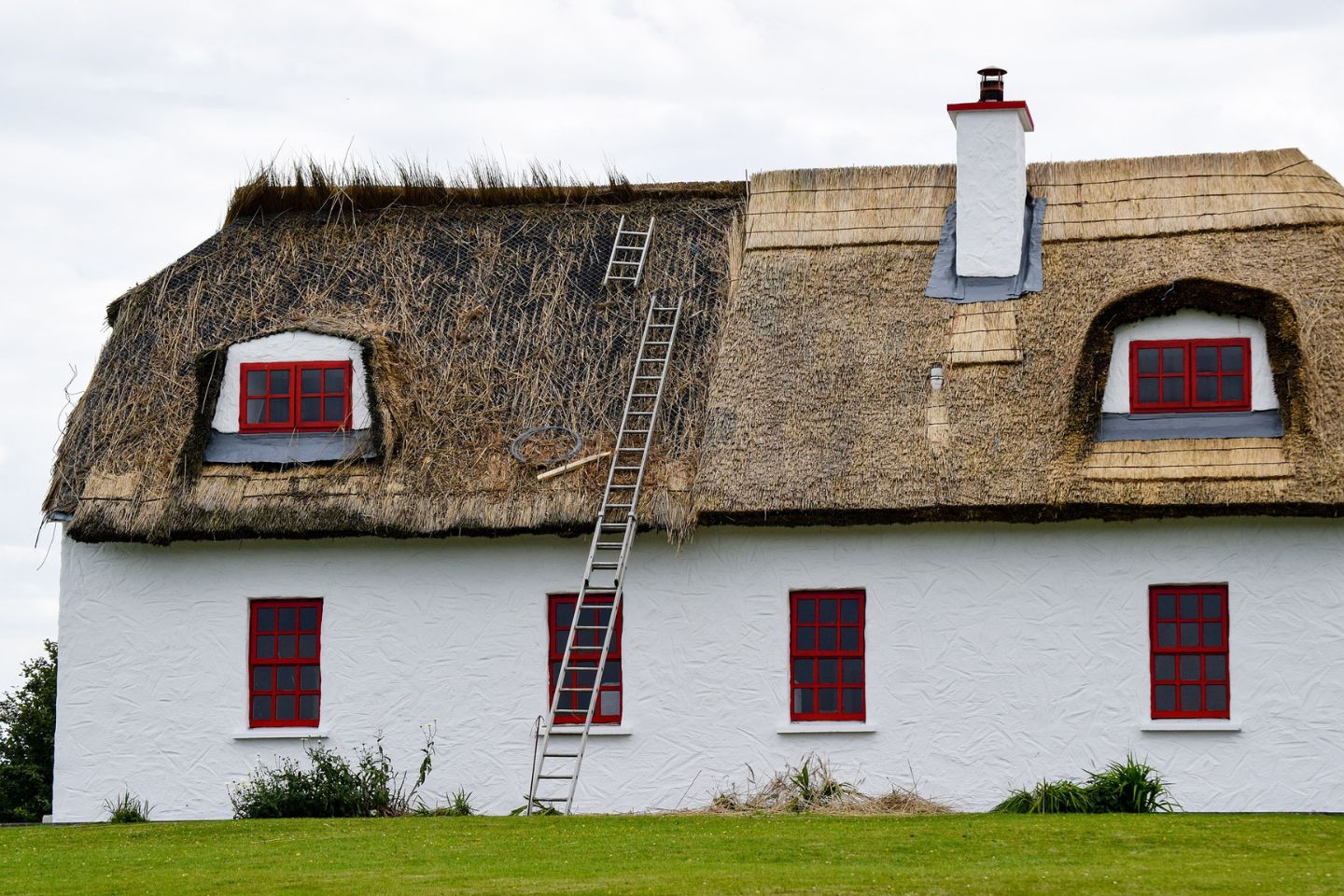
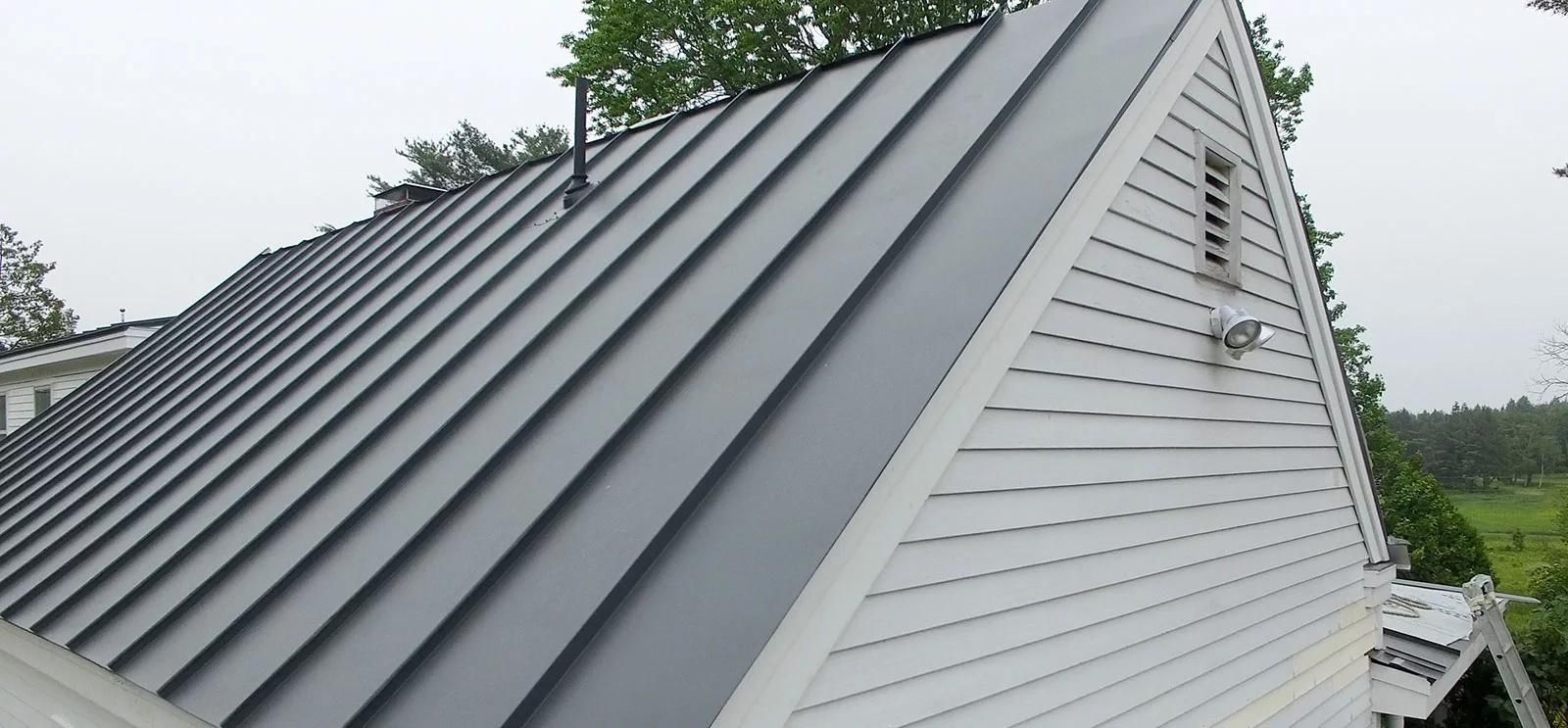
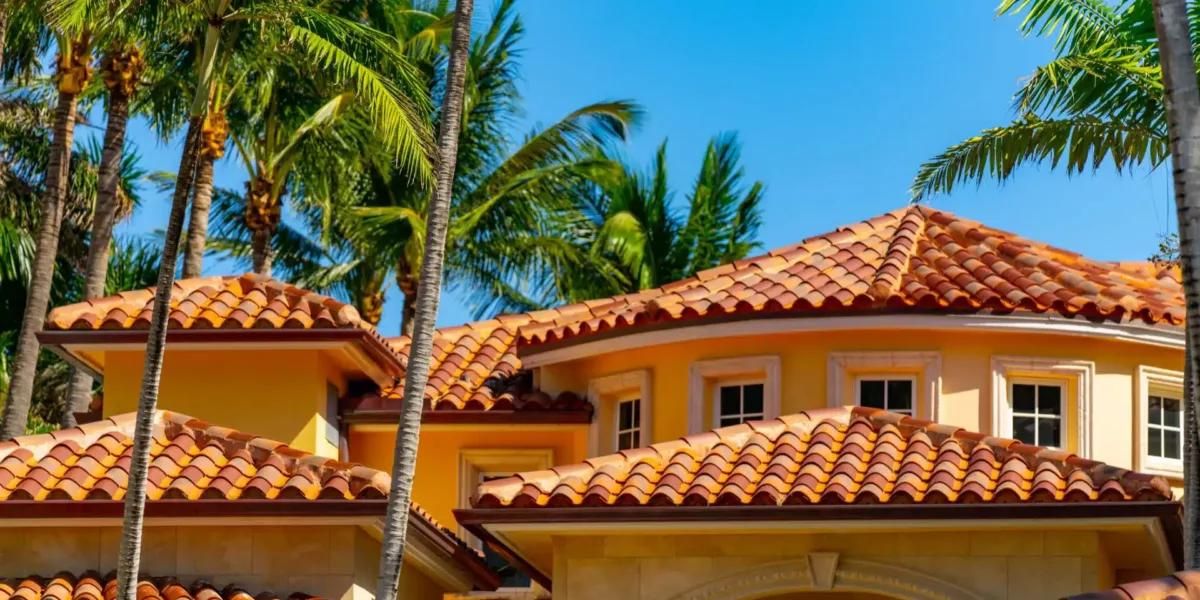
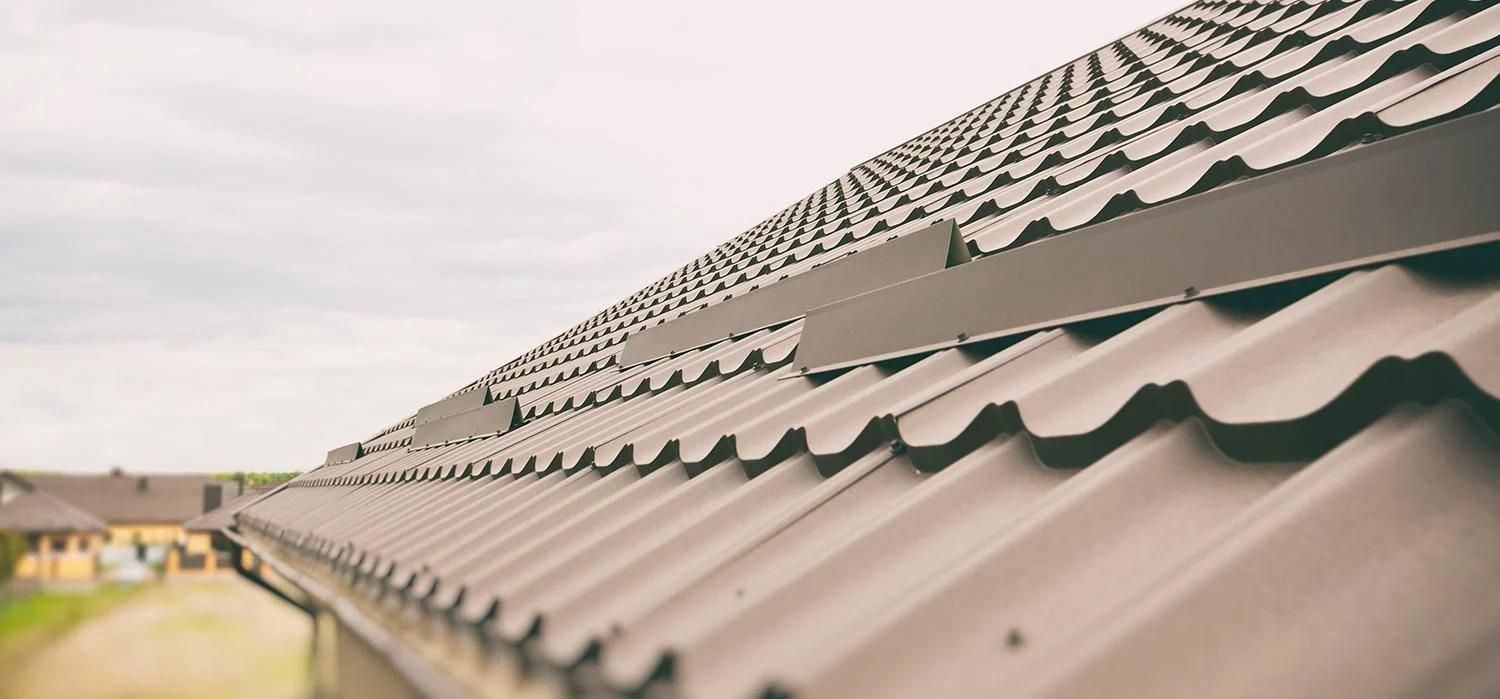
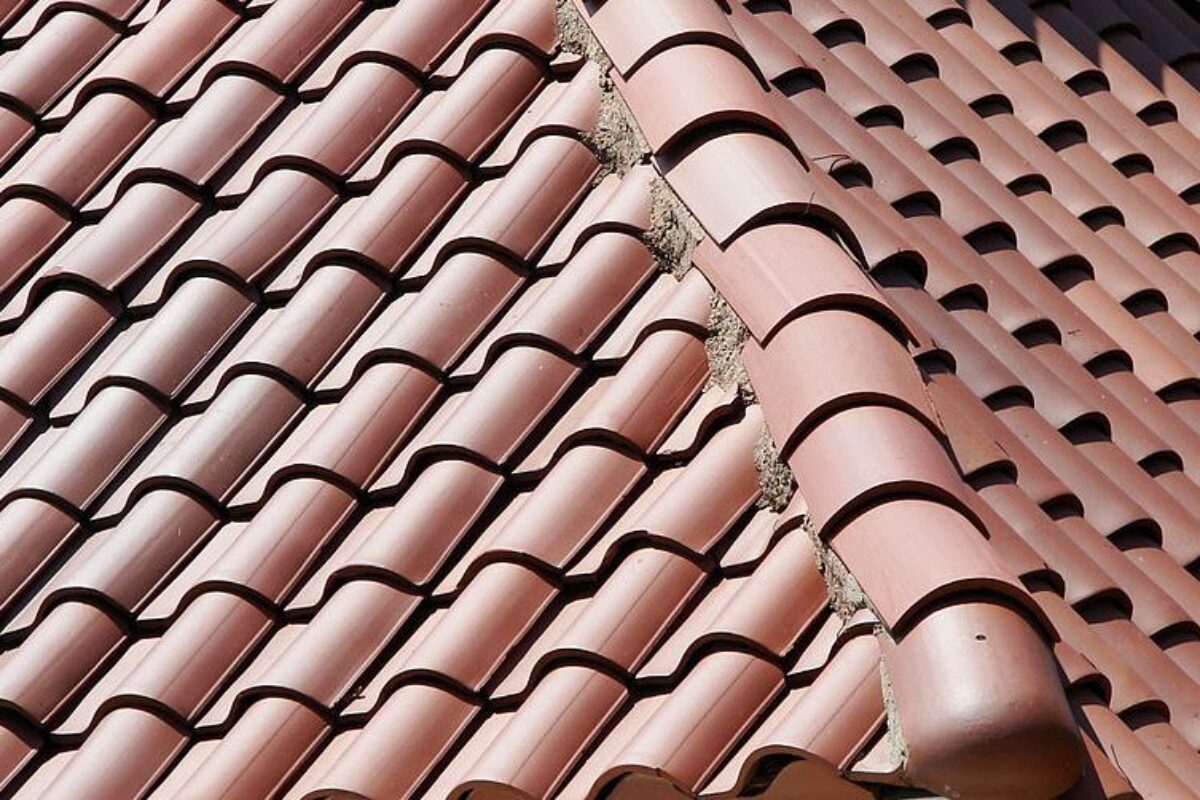
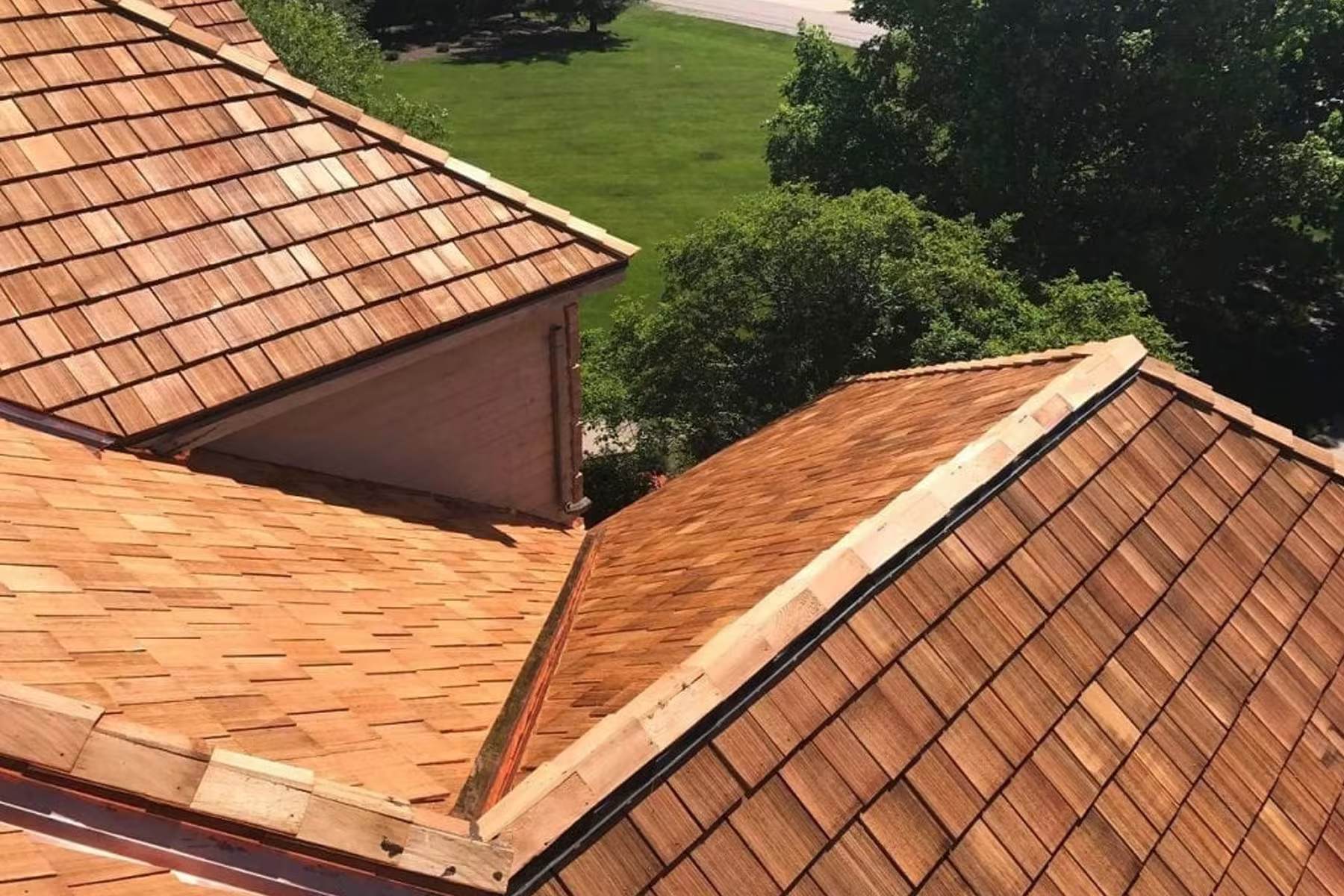
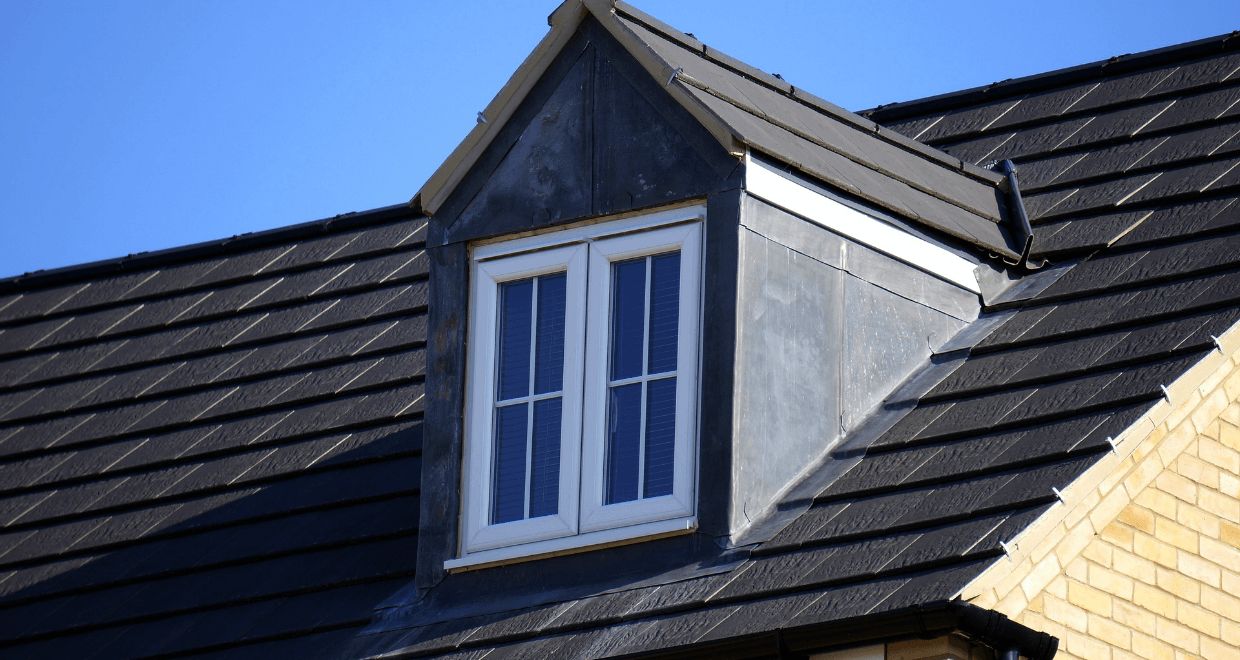
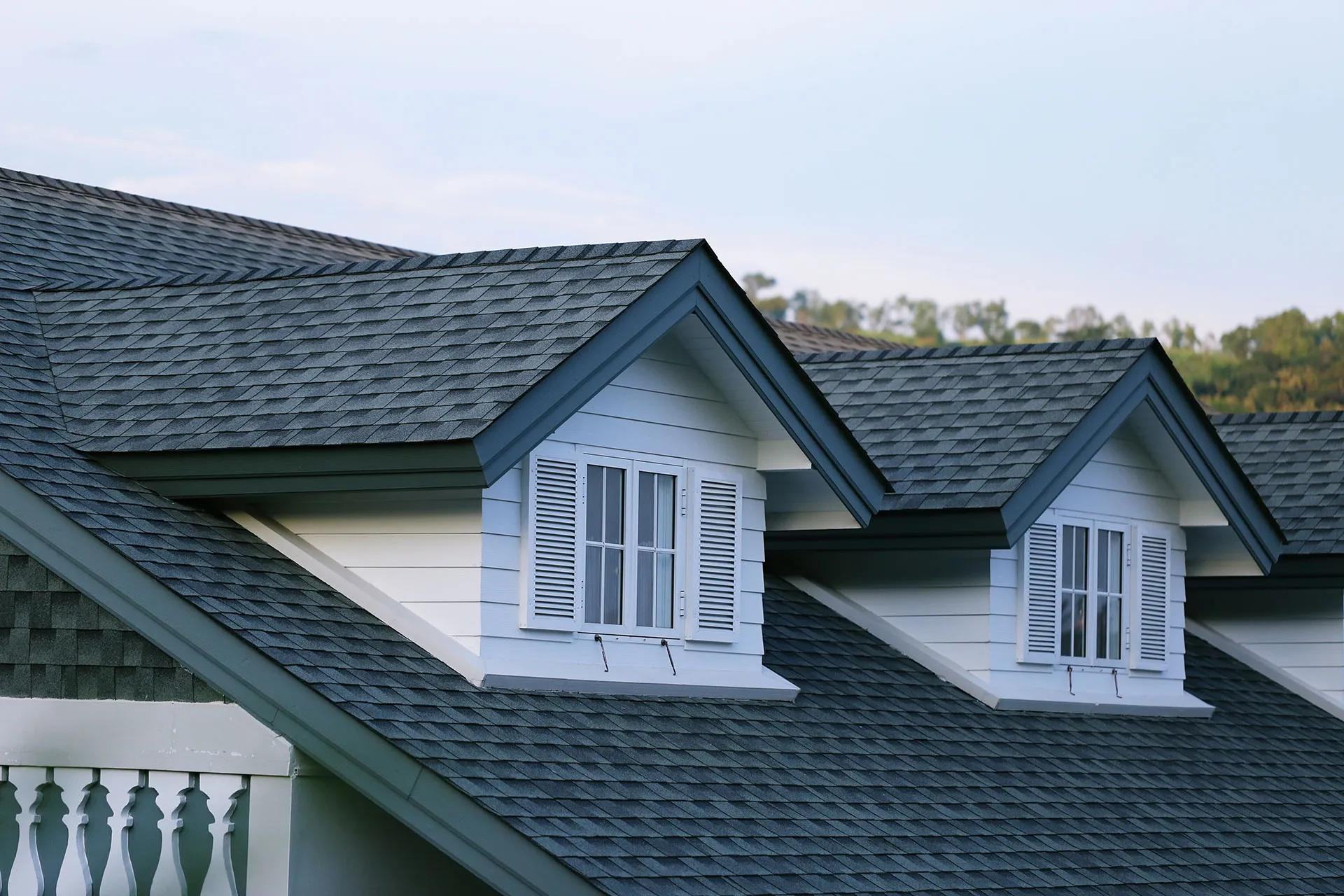

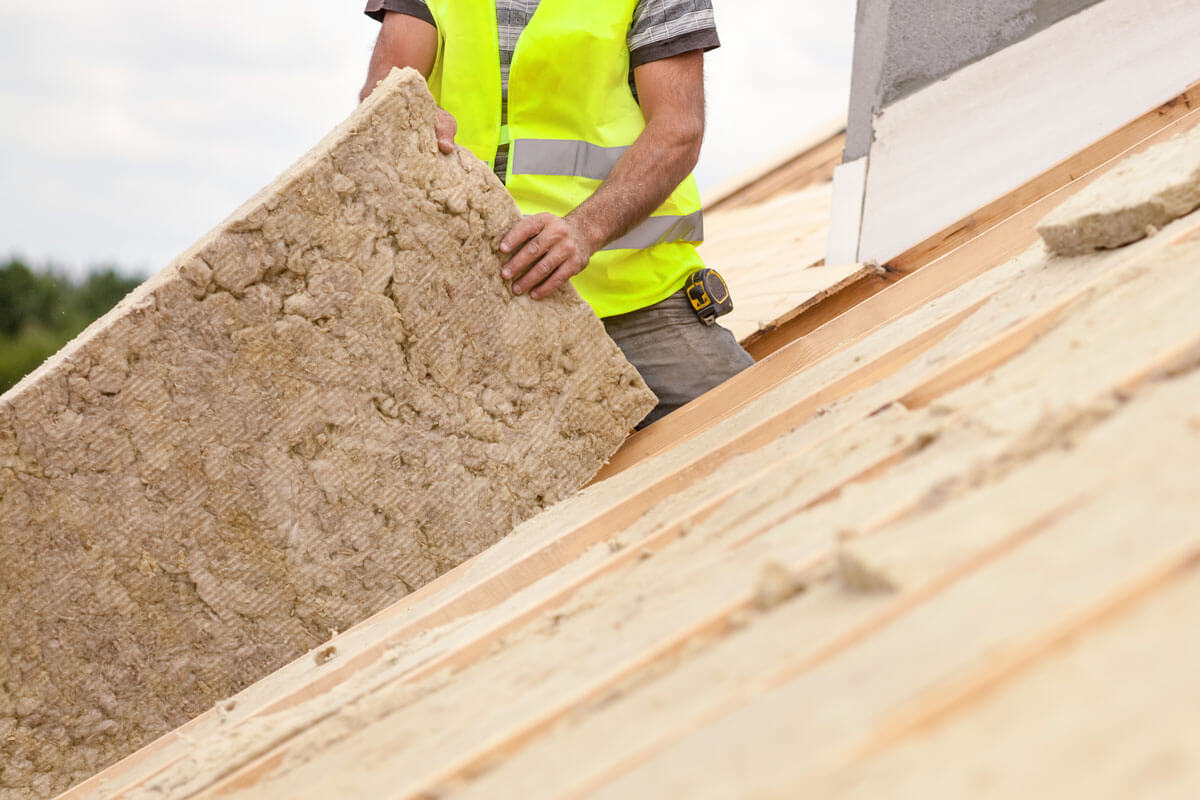
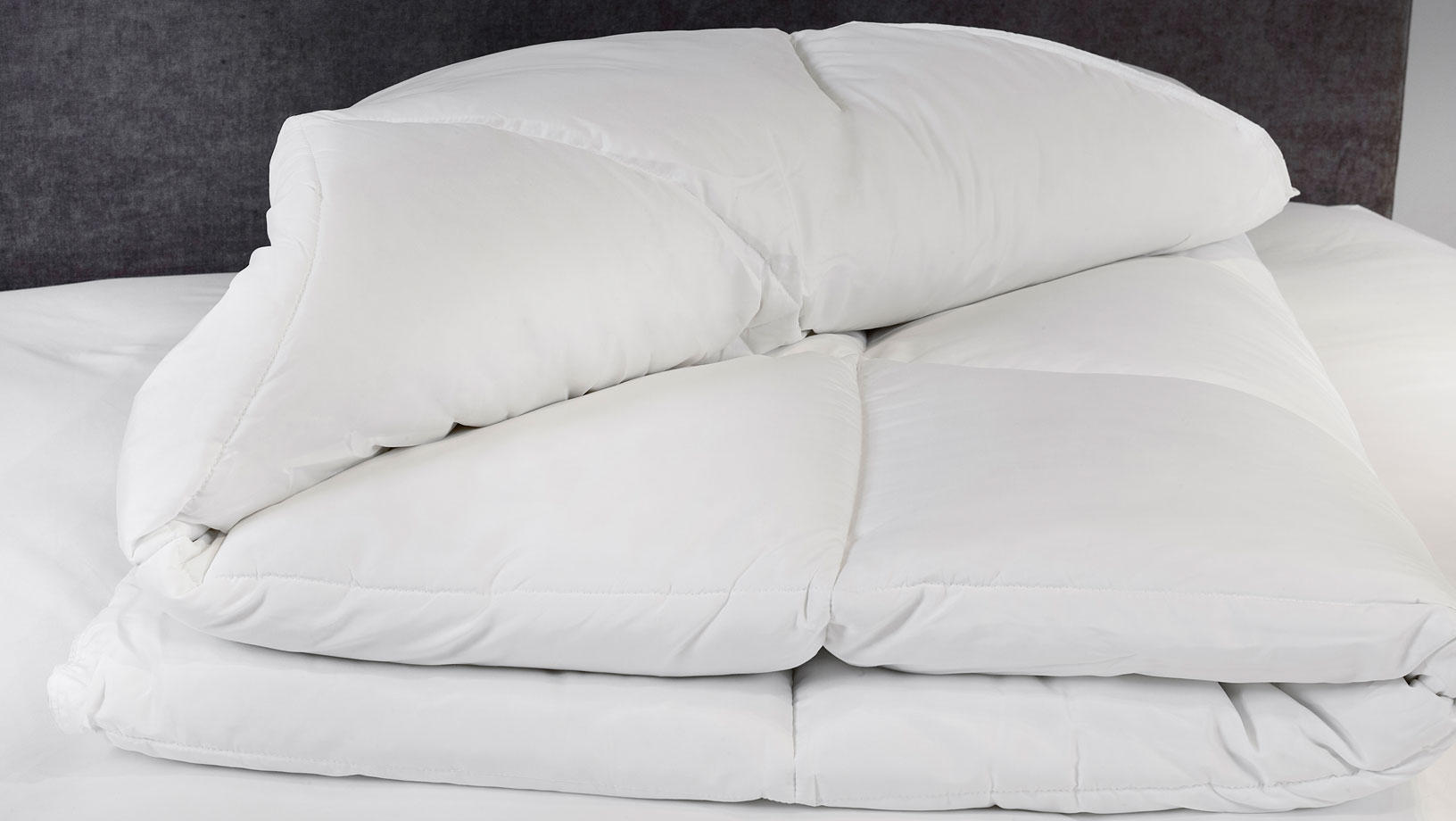
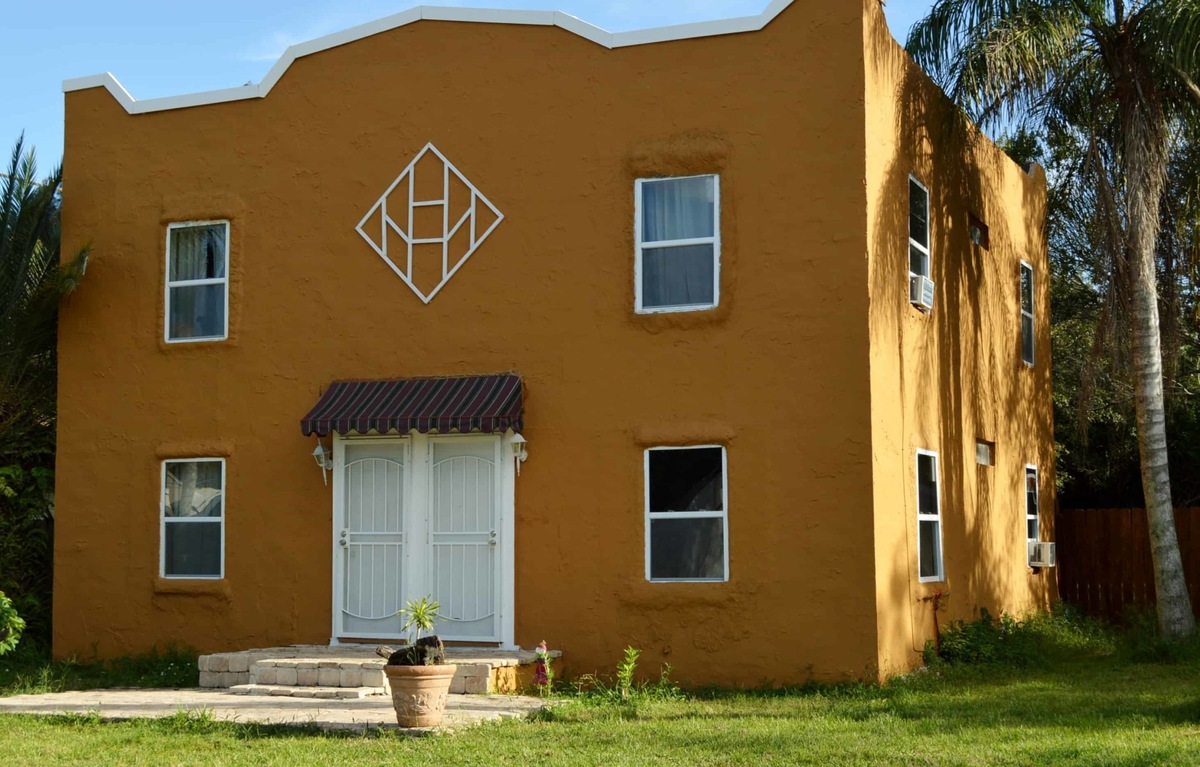
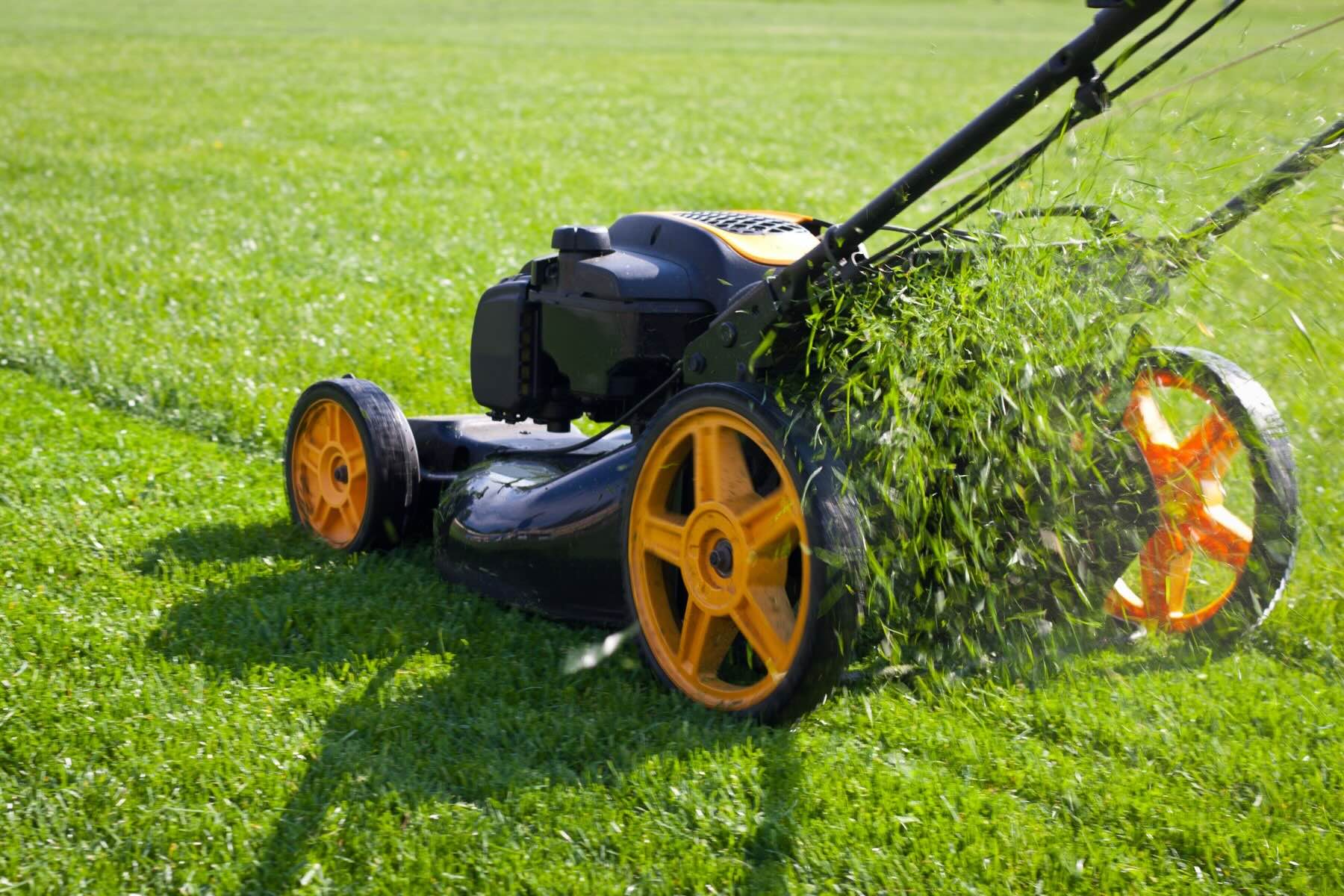
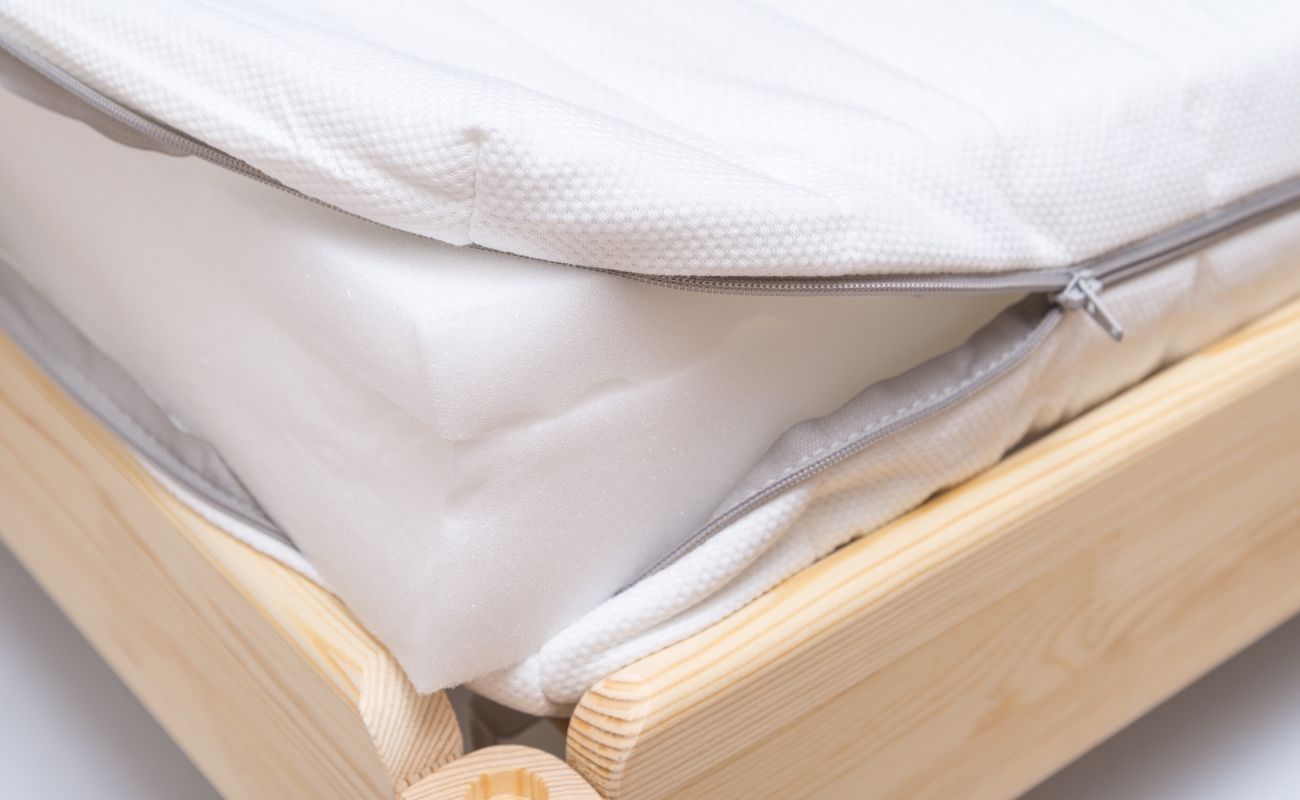

0 thoughts on “How Long Does A Composite Roof Last”